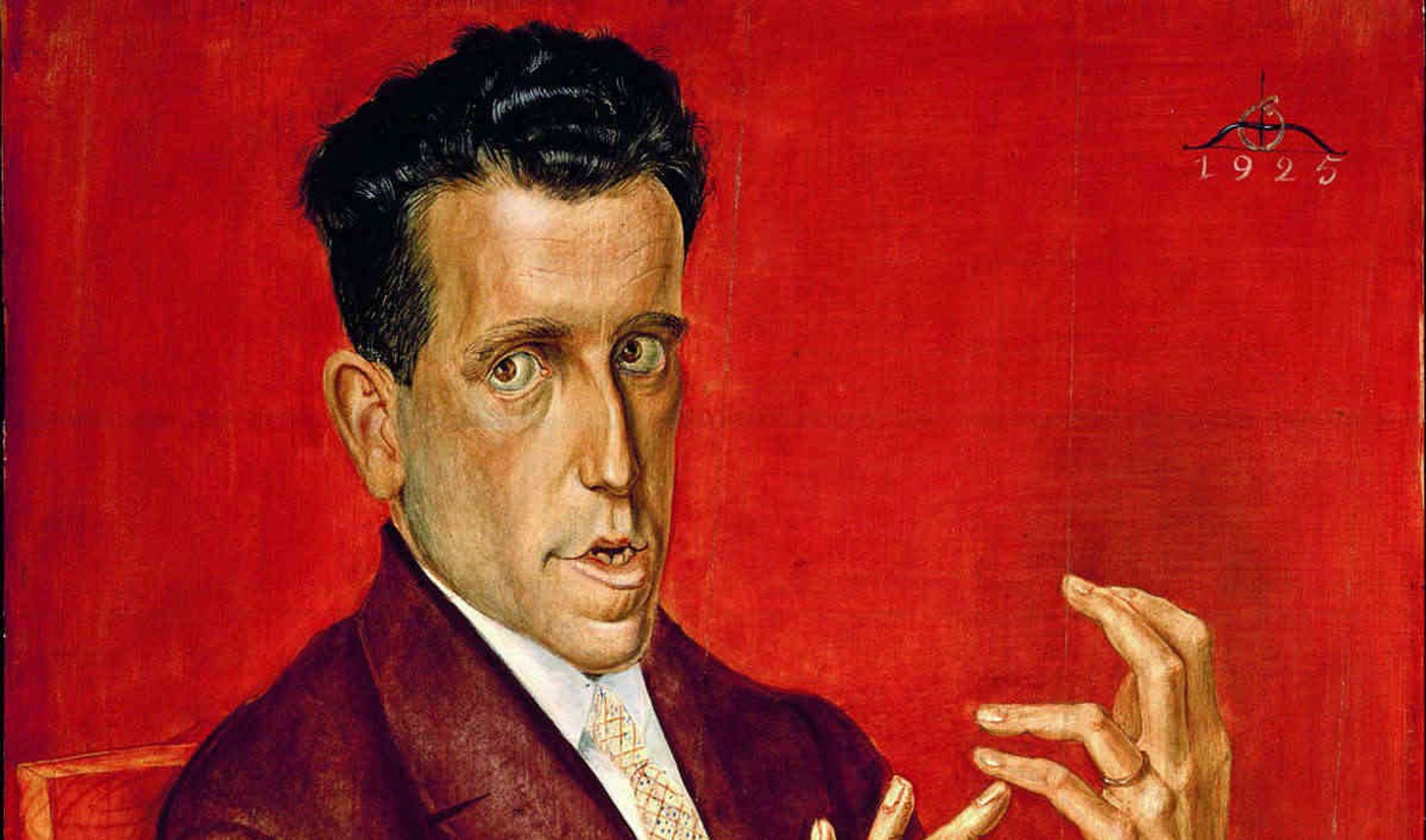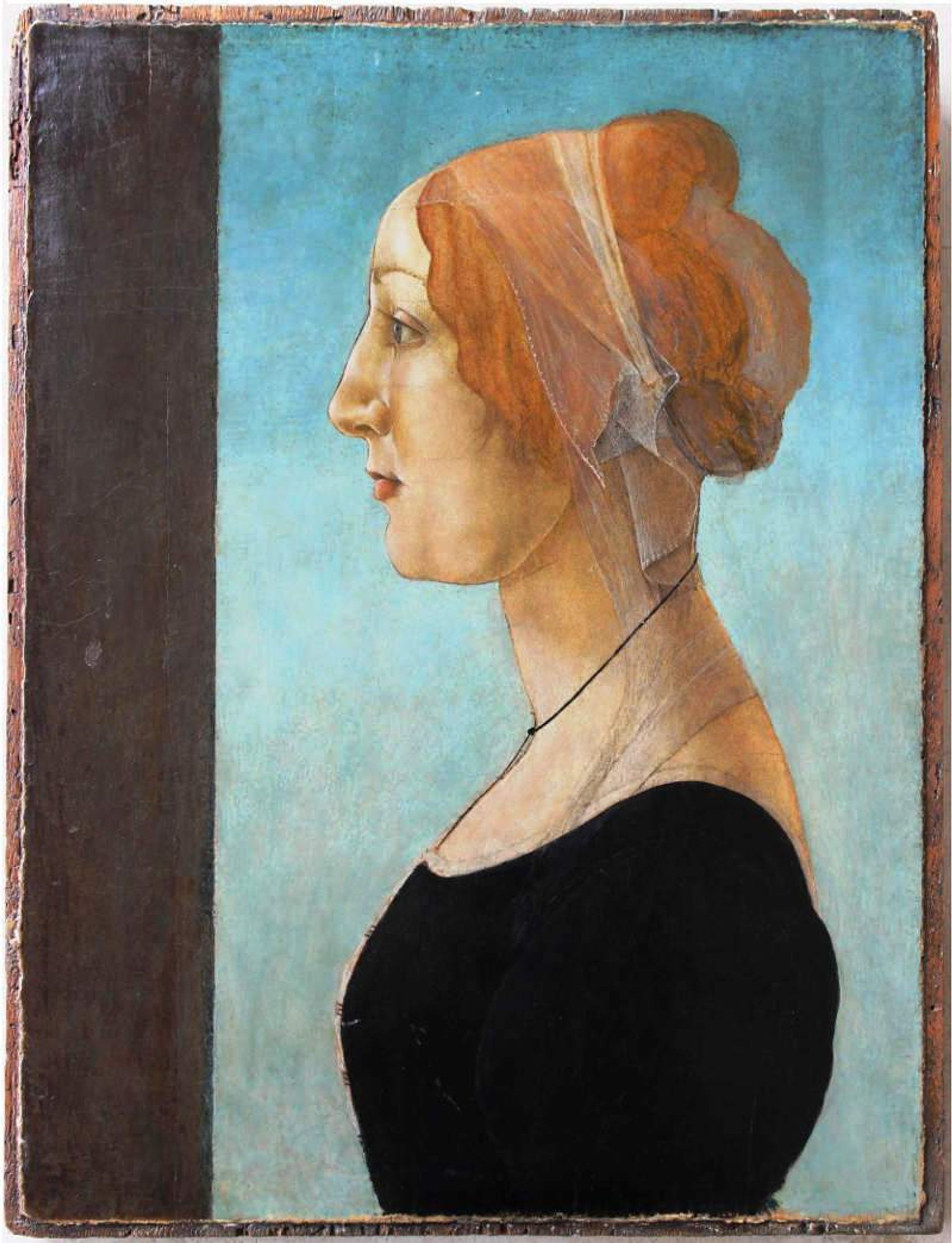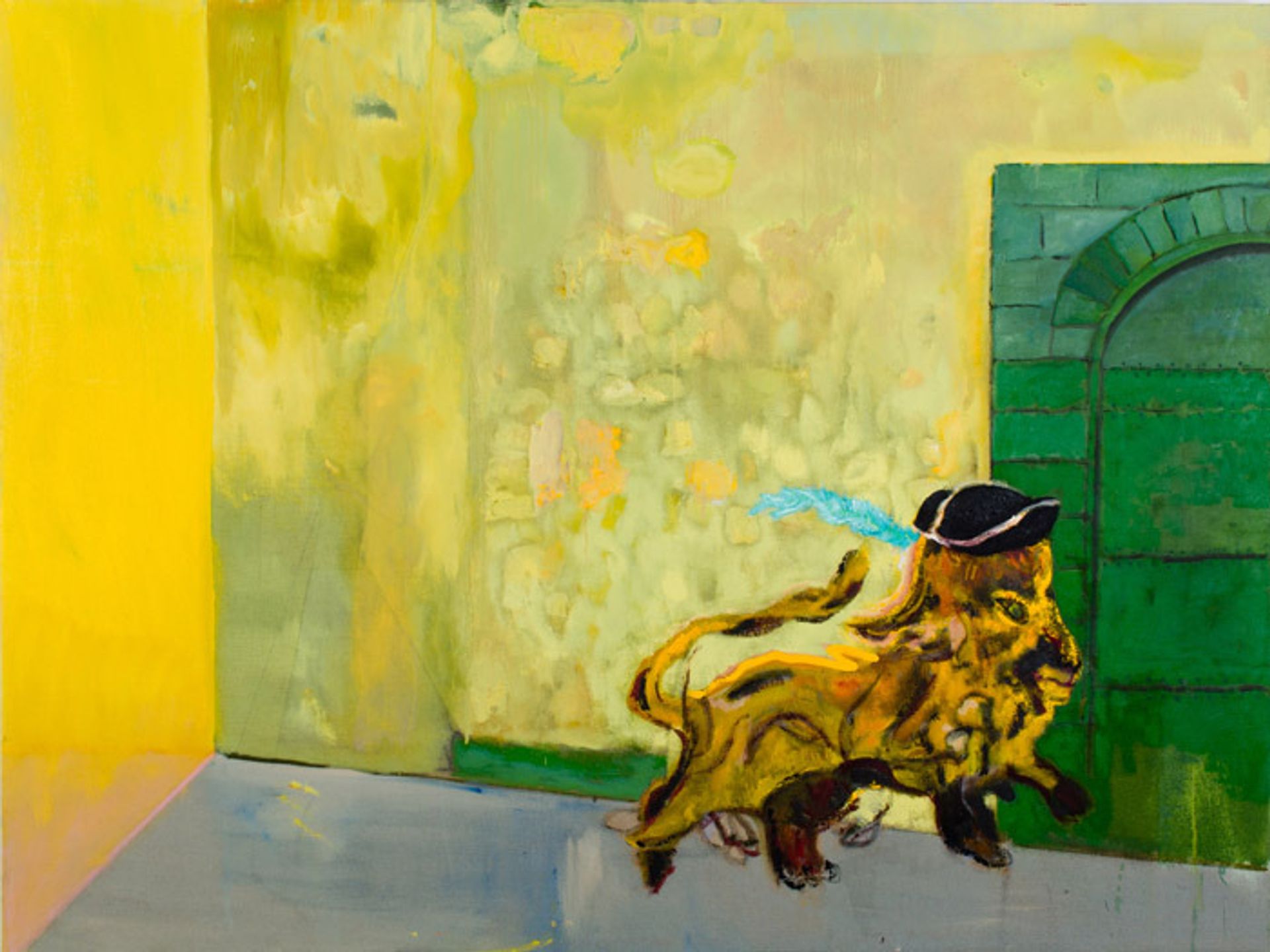Jimmie Durham: Venice, Objects, Work and Tourism, Fondazione Querini Stampalia (until 20 September)
Of all Venice’s exceptional museums, this 16th century palazzo—with its perfectly preserved upper rooms offset by the ground floor and garden elegantly remodelled by Carlo Scarpa in the early 1960s—is one of my firm favourites. Now it has been made all the more compelling courtesy of a series of highly idiosyncratic interventions by Jimmie Durham. The radical US artist has created a series of texts and evocative assembled objects based on his recent time spent with Venice’s contemporary workers and dwellers. He has then provocatively inserted these works amongst the museum’s art collection. Very few artists have managed to engage so effectively with the day-to-day conundrums and realities of modern Venice.

New Objectivity: Modern German Art in the Weimar Republic 1919-33 (until 30 August) and Jenny Holzer: War Paintings (until 22 November), Museo Correr
This year’s biennial coincides with a plethora of top notch museum shows—try to take in Henri Rousseau at the Palazzo Ducale and Cy Twombly at Ca’ Pesaro—but absolutely do not miss this terrific and timely survey of art in Germany from the end of the First World War to the rise of Nazism. The Weimar Republic’s sexual licence, social and political rupture, and economic meltdown are not only reflected in classic images by the likes of Otto Dix, Max Beckmann and Christian Schad but also depicted by a multitude of fascinating lesser-known names. Most significantly, equal priority is given to the many photographs produced by artists during the period. While in the Museo Correr, also make sure you do not miss Jenny Holzer’s chilling War Paintings, based on documents relating to the often atrocious acts performed during American military operations in Afghanistan and Iraq. These devastating indictments of recent conflicts are on show alongside the museum’s collection of Renaissance works, and seem ominously at home amongst the treasures produced during Venice’s own time as a war-mongering global superpower.

Proportio, Palazzo Fortuny (until 22 November)
I always love the tucked-away Palazzo Fortuny, which is virtually unchanged since it was the turn-of-the-century home and studio of Mariano Fortuny. The multitalented aristocrat was known for designing stage sets, avant-garde lamps and, of course, his famously pleated dresses. For the past few biennials this most theatrical and atmospheric setting has become even more of a wunderkammer—or cabinet of curiosities—with its contents augmented by Antwerp dealer and connoisseur Axel Vervoordt. This year his broadly thematic show (which is really just an excuse to put lots of wonderful objects together) examines the role of proportion across human history. The eclectic array of goodies span from a Neolithic Chinese jade block dating from around 6000BC through to a beautiful Botticelli portrait of a young girl in profile, a painted grid by Agnes Martin and a Carl Andre steel-plate floor piece. There are also specially commissioned works by Marina Abramović, Anish Kapoor and Michaël Borremans. It is a delicious, undemanding guilty pleasure and an antidote to the stern theorizing over in the main biennial.

Peter Doig, Fondazione Bevilacqua La Masa (until 4 October)
Some of my TAN colleagues have been less than enthusiastic about this capsule show of 14 of Peter Doig’s most recent paintings, which vary in size and medium, and have all been produced over the past three years. But I think it provides a fascinating insight in to an artist who is not prepared to rest on his laurels and is still committed to risky reassessments and challenges to his painterly practice. The resulting work is by no means easy viewing but all the more compelling for that. Stylistic gear changes abound and are not always smooth as he blends a range of art historical references with the folklore and surroundings of his adopted home of Trinidad. The enigmatic and often unsettling outcomes are helped by the fact that these transitional works are beautifully installed in the exquisite palazzo.

Portable Classic, Fondazione Prada (until 13 September)
However, I do utterly concur with TAN’s rave review for this world-class show that—along with a complementary exhibition in the recently opened Fondazione Prada in Milan—engages with the way art from ancient Rome and Greece has been regarded and disseminated through the centuries. Portable Classic investigates how the popular Roman practice of making miniature versions of famous masterpieces was perpetuated in the Renaissance and throughout subsequent centuries, with constant adjustments made to keep in line with contemporary taste. The dynamic layout is designed by Rem Koolhaas and incorporates loans from major museums. The clout of Miuccia Prada as an art patron is yet again underlined as we are made to realise that there is nothing new about appropriation, the making of multiples and recycling in art.


